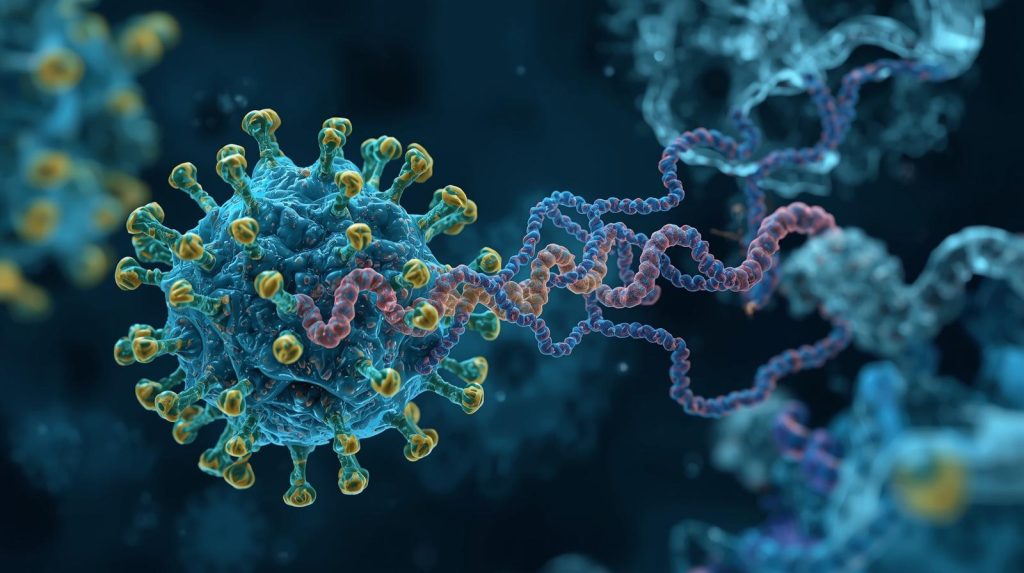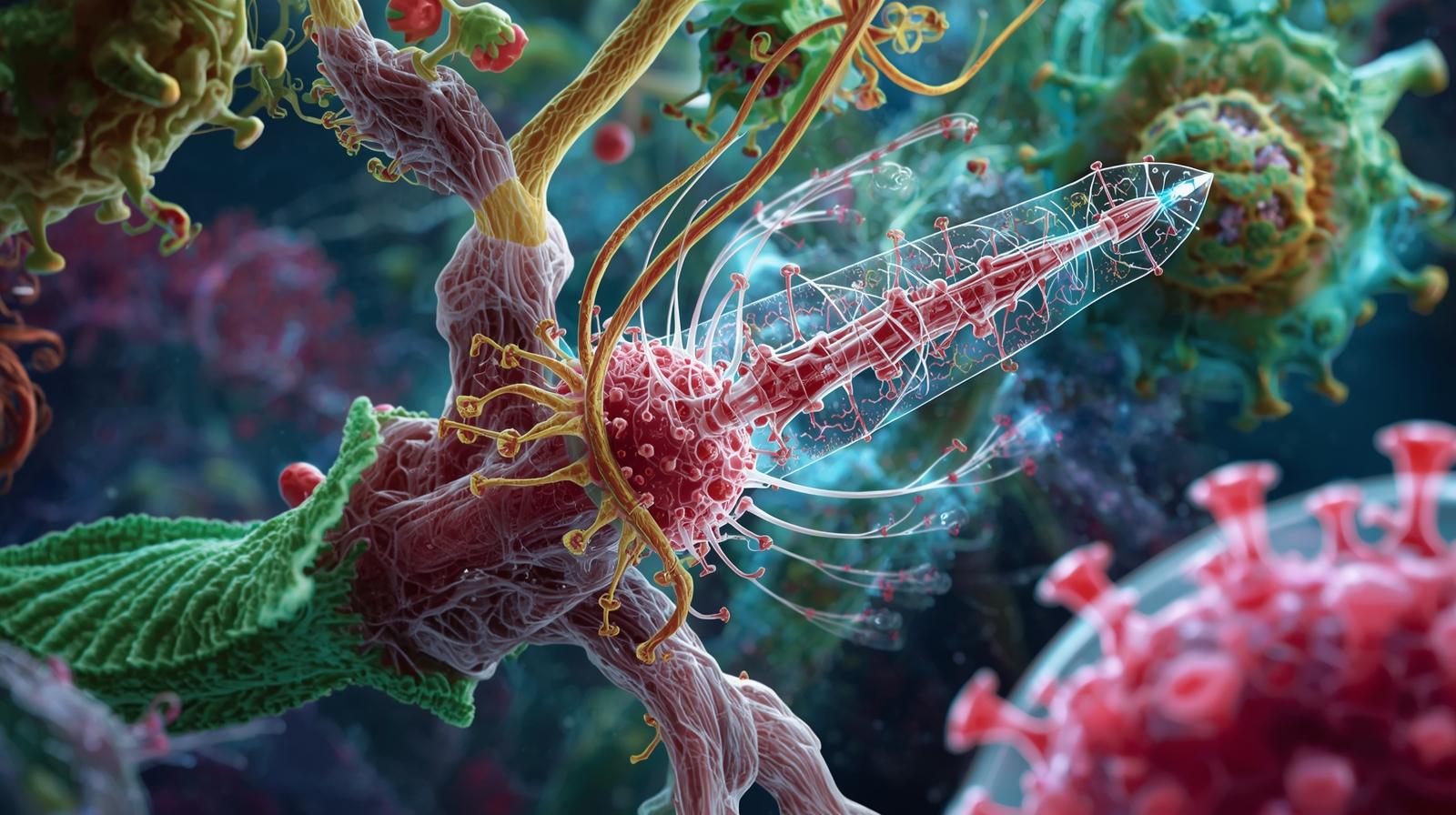Introduction
Antibiotic resistance is one of the most pressing global health threats. Yersinia enterocolitica, a foodborne pathogen causing severe gastrointestinal illness, is becoming increasingly resistant to conventional treatments. A new study explores a fusion protein strategy combining phage receptor binding proteins (RBPs) with Fc fragments to enhance immune recognition and clearance of this dangerous bacterium.
How the Fusion Protein Works
- Phage Receptor Binding Protein (RBP): Targets specific bacterial surface receptors with high precision.
- Fc Fragment: Derived from antibodies, this region binds to immune cell receptors, promoting antibody-dependent cellular phagocytosis (ADCP).
By fusing these two components, the engineered protein bridges the pathogen and immune cells, marking bacteria for rapid destruction.
Key Findings from the Study
- Enhanced Phagocytosis: The fusion protein significantly increased bacterial uptake by macrophages compared to RBP alone.
- Specific Targeting: Maintained high specificity toward Y. enterocolitica without affecting beneficial bacteria.
- Broad Potential: Could be adapted to other pathogens by switching the RBP component.
Why This Matters
- Novel Antibacterial Strategy: Offers an alternative to traditional antibiotics.
- Precision Therapy: Reduces collateral damage to healthy microbiota.
- Potential Clinical Applications: May lead to targeted treatments for multidrug-resistant infections.
Conclusion
This innovative phage-protein fusion technology represents a promising step toward next-generation antibacterial therapies. By enhancing immune system engagement, it paves the way for precision medicine approaches in combating resistant bacterial pathogens.
Reference
Filik-Matyjaszczyk, K., Matyjaszczyk, I., Ciesielska, M., Szermer-Olearnik, B., Mikołajczyk, K., & Gamian, A. (2025). Phage receptor binding protein and Fc fragment fusion enhances phagocytosis of Y. enterocolitica. AMB Express, 15(1), 135. https://doi.org/10.1186/s13568-025-01948-9







